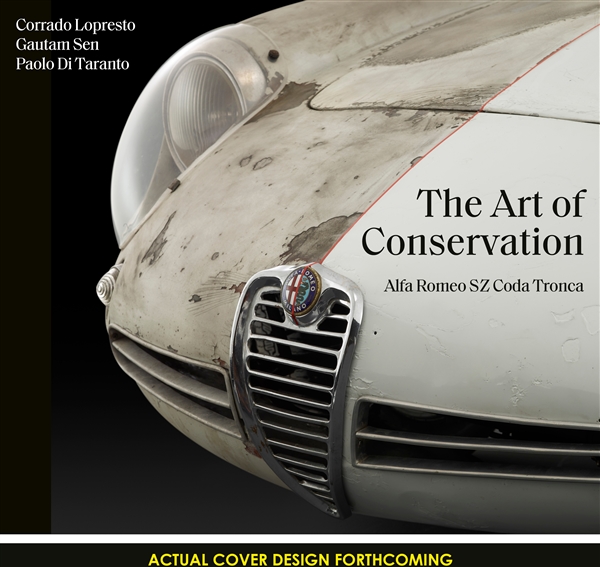
Pre-order now for early 2023 delivery
The story of rediscovering a very important historic vehicle and its conservation whereby the car has been treated as a work of art, saving as much as possible of the amazingly well preserved original. Drawing on art and archaeological techniques, prominent Italian collector Corrado Lopresto decided to clean only half the car, leaving the other half frozen in time. In the uncleaned half, Lopresto preserved everything (including the dust) under a thin layer of transparent matt lacquer. The cleaned part has not been restored either, but has been saved by retouching in such a way that the original aspects are not affected. This book “Alfa Romeo SZ Coda Tronca: The Art of Conservation” captures the rediscovery of this historic vehicle and the way it has been preserved – a fascinating tale of art meeting automobile. A very significant car in terms of aerodynamics and body design, this is the specific car on which the evolution from the Coda Tonda version of the Alfa Romeo Giulietta SZ to the Coda Tronca was executed
- Hidden for the best part of five decades, the car was rediscovered in the United States in a perfectly preserved state
- Acquired by the legendary Italian collector Corrado Lopresto, one half of the car has been conserved, and the other half has received light restoration to preserve the car in as original a state as possible, making it a unique experiment and example of conservation processes and concepts
- Not only did it win the Best Preserved Award at the Concorso Eleganza Villa d’Este in 2016, it also headlined the special exhibition of historic vehicles at UNESCO, Paris
- No doubt one of the most significant cases of a barn find, which has been preserved in the best possible way, thereby providing an example for the future
- Hard cover with dust jacket

This monogram about the de Havilland DH91 Albatross tells the full story of one of the de Havilland’s most beautiful aircraft. The book was long overdue. It gives the reader an insight in the development, test work, and operation of the de Havilland DH91 Albatross, of which only seven were built. The appearance of the aircraft left an everlasting impression on the viewers and all fell in love with the beautiful lines of this aircraft. It was unbelievable that in the time of the upcoming all-metal American airliners that this wooden aircraft could make such an impression. The Albatross had no peers in elegance thanks to his outstanding aerodynamic design.
The first flight of the prototype was made on May 20, 1937. It did not enter service with Imperial Airways Ltd. until November 1938 and it was not met with too many positive criticisms. In many ways the de Havilland DH91 Albatross was an outstanding aerodynamic design, and in particular the method of fuselage construction was a completely novel in its day. The DH91 Albatross would eventually disappear from the skies in July 1943, but its story is worthwhile telling.
The book is well-illustrated with many photographs, color profiles, three-side drawings, and new cutaway drawings of both the passenger as mail version.
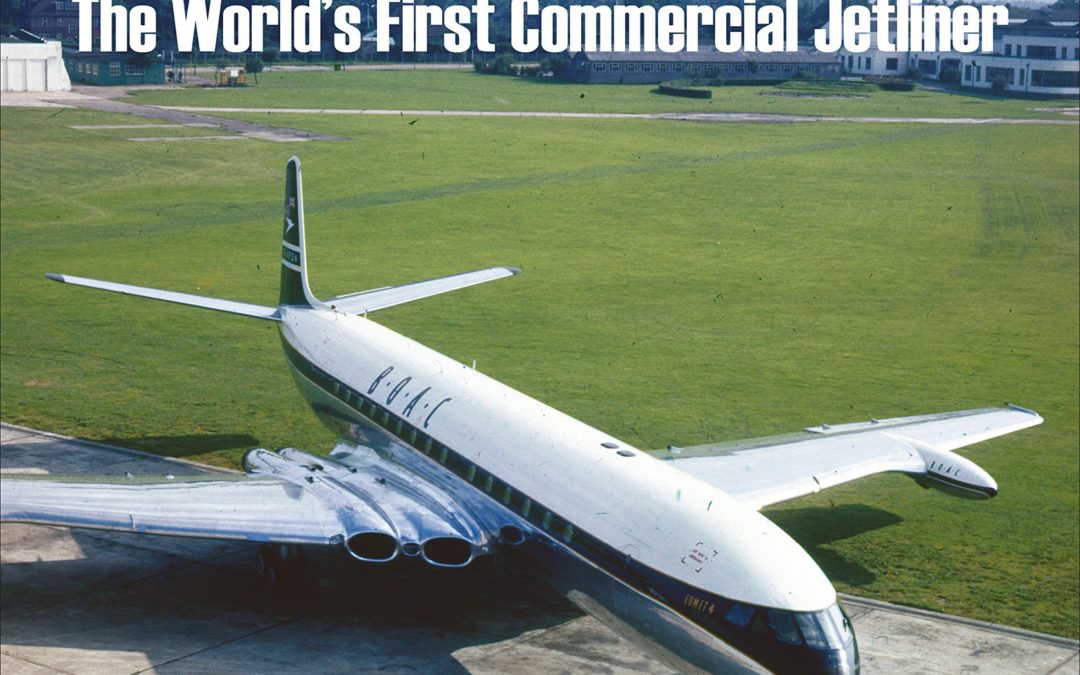
The world got a little smaller in July 1949 when the first jet-powered airliner took to the skies barely four years after the end of the Second World War.Not only was the de Havilland Comet 1 was a lot faster than previous airliners, it could fly higher and further. It was packed with new technology but, perhaps most importantly for those early passengers, it was a quiet, luxurious and even pleasant experience, something that could never be said for the noisy piston-engine aircraft that came before.The Comet’s leadership in jet travel for the future was assured until aircraft began crashing. The first ones were put down to pilot error but two disastrous events in 1954 grounded the fleet and Britain’s advantage over the rest of the world was lost. Boeing caught up with its ubiquitous 707 and the Comet was destined to become but a memory.However, rising from the ashes came a new Comet – one that was bigger and more powerful than before and designed for completely different roles. Where the first Comets had provided an expensive and plush way to travel for the rich few, the new Comet 4s carried more passengers to a multitude of destinations inevitably becoming key carriers for the early package holidaymakers. At the same time they became vital strategic transports for the RAF as the British Empire receded.This book tells the full story of the world’s first jet-powered airliner, from its remarkable beginnings, through its early flight trials program to its entry into service. The type’s military career is also covered, as is its construction; also included in this volume are details of the numerous variants produced and those still surviving as exhibits today. There are also twenty-four superb artworks by world-renowned aviation illustrator Juanita Franzi.

De Havilland’s Mosquito is a legendary airplane. Conceived in 1938 as a high speed unarmed bomber, its adaptability saw it used as a nightfighter, bomber photoreconnaissance airplane, high speed courier aircraft, target marker and anti-shipping strike aircraft. Built mainly from wood, the design team produced a masterpiece.
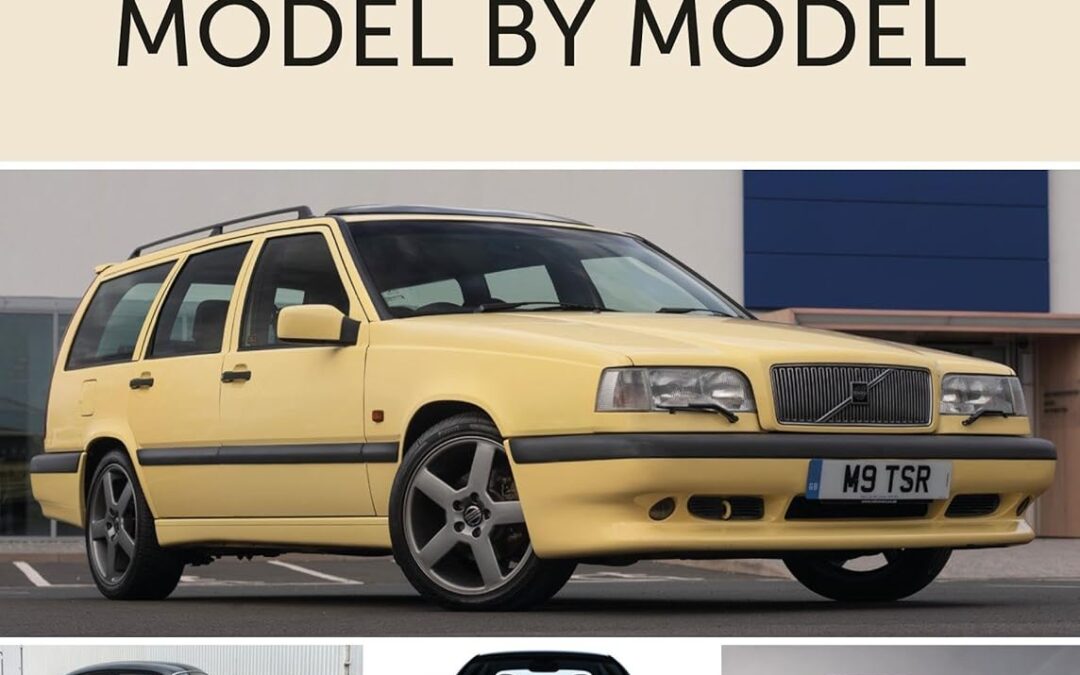
The book invites the reader, both Volvo fans and those with a more general interest in motoring – on board the company’s landmark cars. Volvo Model by Model brings Volvo to life with the feel of the cars from behind the wheel, from the side-valve ÖV4 to the electric C40, with legends like the 240, the XC90 and the 850 in between. Volvo’s marketing strategies from safety to sporty and back again are examined, with thoughts from contemporary road tests. So buckle up your Volvo-patented three-point safety belt, and prepare for the ride. In the 2020s Volvo is undergoing a resurgence, gaining mainstream desirability with record sales for six consecutive years. There is also huge interest in wider Scandinavian culture and design. Volvo Model by Model is a new look at the cars and cultural impact of Volvo. Always daring to be different, no other car manufacturer encapsulates its home nation so completely, accounting for one third of the Swedish dream Villa, Volvo, Vovve. Volvo started in 1927 but the open-topped ÖV4 didn’t sell well in the harsh Swedish climate. This was a rare misstep, although there have some challenging aesthetics on the way like the 760. Volvo survived a failed marriage with Ford, which still produced one of the company’s all-time best sellers. Volvo now has another home, China. Parent company Geely enables Volvo to freely express its Scandinavian style, and today’s slick Swedes were voted the best-designed range of cars by British motorists. Concept Recharge points the way to an electric future.
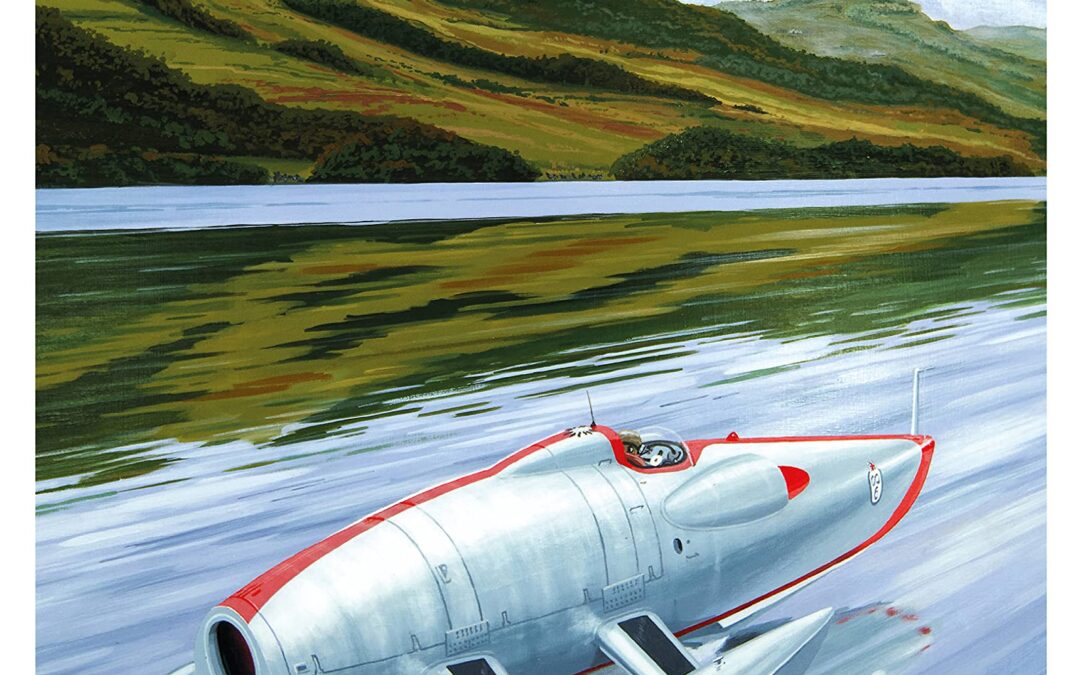
he tale of Crusader, the jet-powered boat of 1952, appears to be a simple one about the ambition of John Cobb and Reid Railton, two unassuming but deeply gifted men, to break the water speed record on Loch Ness only for their efforts to end in tragedy. In fact the story behind that fateful outcome — Cobb’s death on his first high-speed run — is a complex web of clever design and inspirational endeavour mixed with personality clashes and errors of judgment. After many years of research, including access to a wealth of original documentation, Steve Holter unravels the entire saga of the ill-fated Crusader and presents a compelling detective story.
- John Cobb: the modest businessman with such a thirst for speed that he wanted to become the fastest man on water as well as on wheels after setting his land speed record of 396.196mph in 1947.
- Reid Railton: inspired designer and long-time friend behind Cobb’s greatest speed accomplishments, notably with the Napier-Railton (holder of the lap record at Brooklands) and the Railton Mobil Special (land speed record car).
- In-depth study of Railton’s innovative ‘three-point’ hull design for Crusader, with two rear sponsons and a single ‘planing shoe’ at the front — plus a De Havilland Ghost jet engine delivering 5,000lb of thrust.
- Evolution of the design in parallel with testing of scale models, including a miniature jet-powered version evaluated near Portsmouth Harbour.
- Assessment and description of boat-builder Vosper’s wooden construction, under Peter Du Cane’s direction.
- An exhaustive account of proceedings at Loch Ness, where Cobb finally attempted a high-speed run on 29 September 1952 and achieved 206.89mph, faster than anyone had previously gone on water.
- Analysis of the structural failure that destroyed Crusader and killed Cobb.
Much of the story is told in the words of the key protagonists, drawing in particular on correspondence and written accounts from the key people involved, most notably John Cobb, Reid Railton and Peter Du Cane.

The New York Times bestselling author of Bitter Brew chronicles the birth and rise to greatness of the American auto industry through the remarkable life of Harley Earl, an eccentric six-foot-five, stuttering visionary who dropped out of college and went on to invent the profession of automobile styling, thereby revolutionized the way cars were made, marketed, and even imagined.
Harleys Earl’s story qualifies as a bona fide American family saga. It began in the Michigan pine forest in the years after the Civil War, traveled across the Great Plains on the wooden wheels of a covered wagon, and eventually settled in a dirt road village named Hollywood, California, where young Harley took the skills he learned working in his father’s carriage shop and applied them to designing sleek, racy-looking automobile bodies for the fast crowd in the burgeoning silent movie business.
As the 1920s roared with the sound of mass manufacturing, Harley returned to Michigan, where, at GM’s invitation, he introduced art into the rigid mechanics of auto-making. Over the next thirty years, he functioned as a kind of combination Steve Jobs and Tom Ford of his time, redefining the form and function of the country’s premier product. His impact was profound. When he retired as GM’s VP of Styling in 1958, Detroit reigned as the manufacturing capitol of the world and General Motors ranked as the most successful company in the history of business.
Knoedelseder tells the story in ways both large and small, weaving the history of the company with the history of Detroit and the Earl family as Fins examines the effect of the automobile on America’s economy, culture, and national psyche.
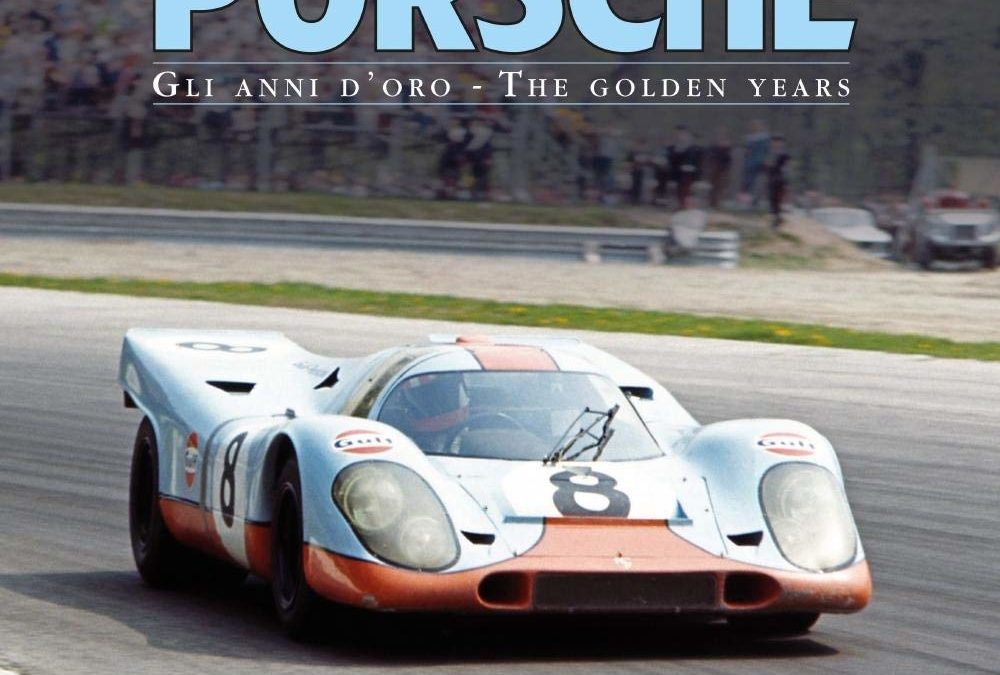
Iconic cars such as the 356s and the immortal 911s, extraordinary success stories in the classic endurance races, great champions and remarkable engineers. These are the principal ingredients of Porsche: The Golden Years, a book examining the full history of the legendary Stuttgart firm, with spectacular and previously unpublished images by photographer Franco Villani. The Porsche 356, with both closed and open bodywork, was the model that in 1948 officially inaugurated the catalogue of the celebrated Stuttgart firm. In that difficult period of reconstruction, Dr. Ferdinand Porsche, artificer of the car and founder of the marque, was already an undisputed authority in the automotive field for having designed the Volkswagen Beetle, the people’s car. The Porsche 356s were “legitimate offspring” of the Beetle and soon found favour with the public: they were sporting cars that were easy to use in everyday life. This is the true Porsche “DNA”, confirmed with the launch of the 901, or rather the 911 that first saw the light of day in 1963, a model that soon became a planetary success story, a car capable of traversing the decades while maintaining intact its appeal. The Porsche name also evokes the innumerable victories obtained in legendary endurance races such as the Le Mans 24 Hours and the Targa Florio, in the World Rally Championship and in the great African raids such as the Paris-Dakar, as well as in Formula 1 as an engine supplier to McLaren in the early ‘80s.










